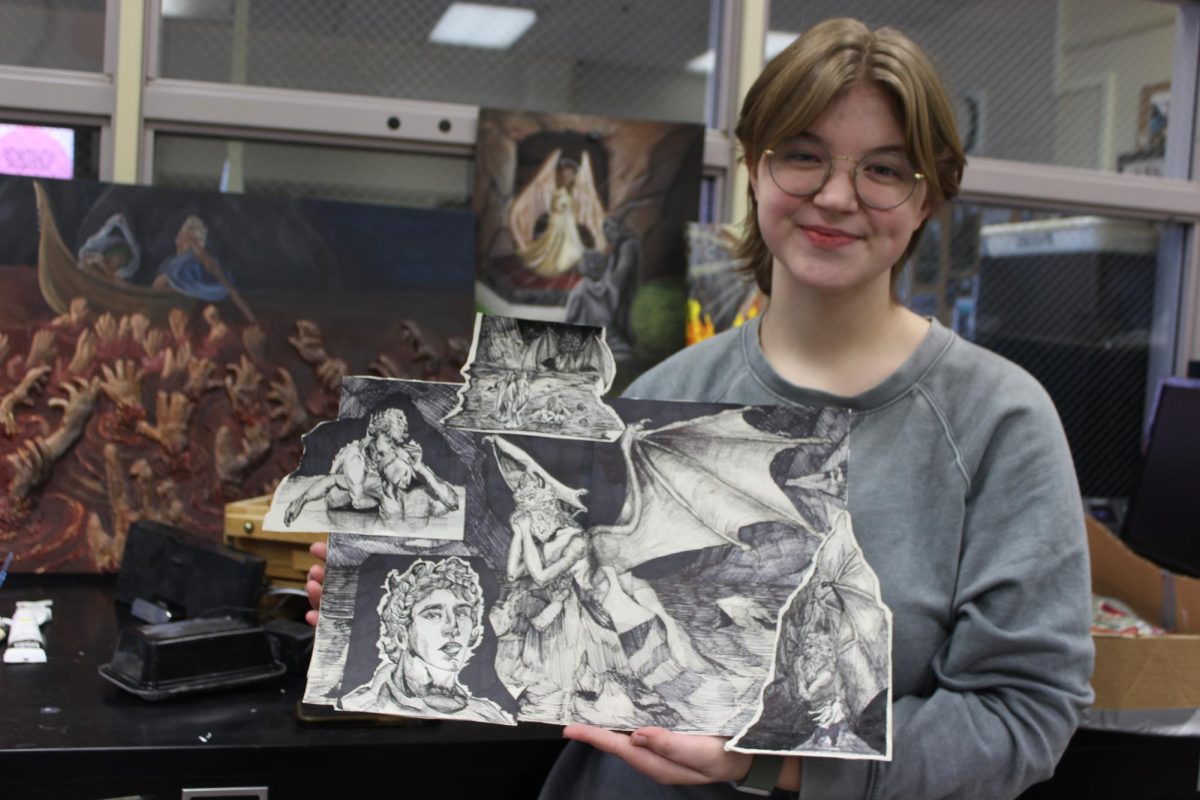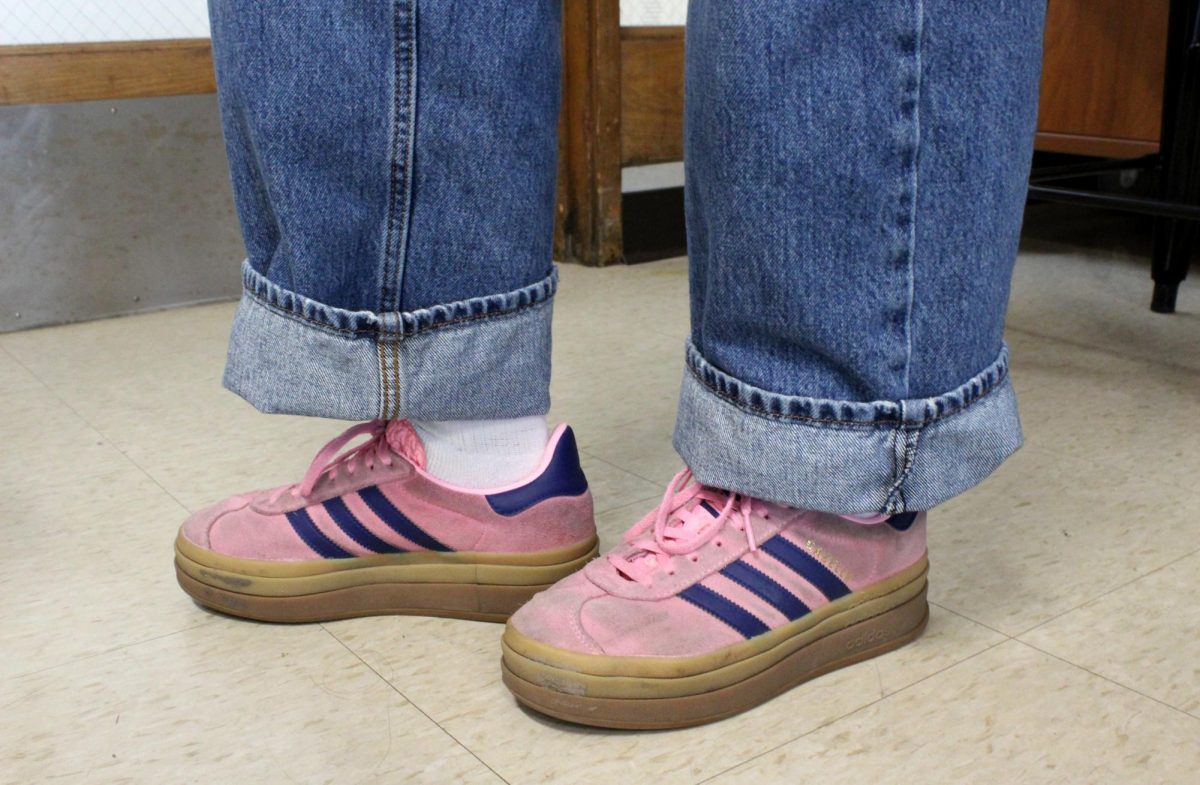Most high school students do not get much time off during the holidays. A quick survey of high schools in the area will show that the one-and-a-half to two-week break is standard, even considered “tradition” by some. Most working adults get even less official time off during the holidays. But college students get tons of vacation time—some college breaks last as long as six weeks. How did this come to be?
When it comes to winter break in high school, principal Dr. Marina Scott qualified the reason for the two-week break, saying, “…the main reason is because [expanding break] would require us to start by August 10, and when people see that start time, the community is like, ‘Oh my gosh, family vacations, the feeder schools don’t start that early’… It creates a hole…So all those things kinda come into play.”
The difference between high school and college winter break, aside from the obvious length differences, is the history. Winter breaks in high school have traditionally been two weeks long. Most adults, including Dr. Scott and assistant principal Mr. Ray Albin, can recall this, with Dr. Scott saying, “Yeah… this is a traditional thing, even when I was in high school, this was the length.”
As relayed by Slate Magazine writer Noreen Malone, college calendars were traditionally based around the agricultural calendar, with a two-week break around the winter holidays similar to current high school breaks. But, when colleges faced higher costs on oil than ever before in the 1970s, they rearranged their calendar to reduce spending. This was when colleges started to begin the year in August instead of the previous later time. They also began to have a longer winter break, allowing them to save on heating expenses by keeping campuses shut down for a longer period of time. The difficulty of traveling to and from school at this point in time may have also factored into the expansion of the length of college breaks.
With this expansion of the break came the adoption of other options, such as extra classes, the January term, and winter internships, which Mr. Albin himself was a part of.
“I was on a different system so I only had two weeks off in college…your J-term was either on campus–freshmen had to return to take a J-term course on campus–and then after that I was at internships,” said Mr. Aubin.
When discussing the current calendar, high school break expansion is not really an option:
“In order to comply with the minimum number of days we would have to have, and actually ours is more than minimum to comply with what our contract says, we would have to start earlier… So, with winter break, we look to where the holiday falls, we look at what our feeder schools are doing, we look at what other schools are doing…Those things, not in any priority order, come into play when decision making,” said Dr. Scott.
Although college breaks are often longer, students don’t always appreciate this. When asked about whether or not she enjoyed the six-week break at Columbia College of Chicago, Sydney Foltz, a graduate of the LHS Class of 2014 said, “No it’s way too long. I love seeing everybody, but I miss my friends from college and want to get back at doing what I love.”
Likewise, John Lattanzi, a graduating member of the Class of 2013, said of his four-week break at University of Illinois, “I wish that my break was a little shorter. When you read this, you’re probably surprised. However, when you go to a school like I do and absolutely love the majors you are doing, there isn’t anything you would rather do with your time. So while I’m asleep and doing nothing, I wish I was back at school doing what I love!”



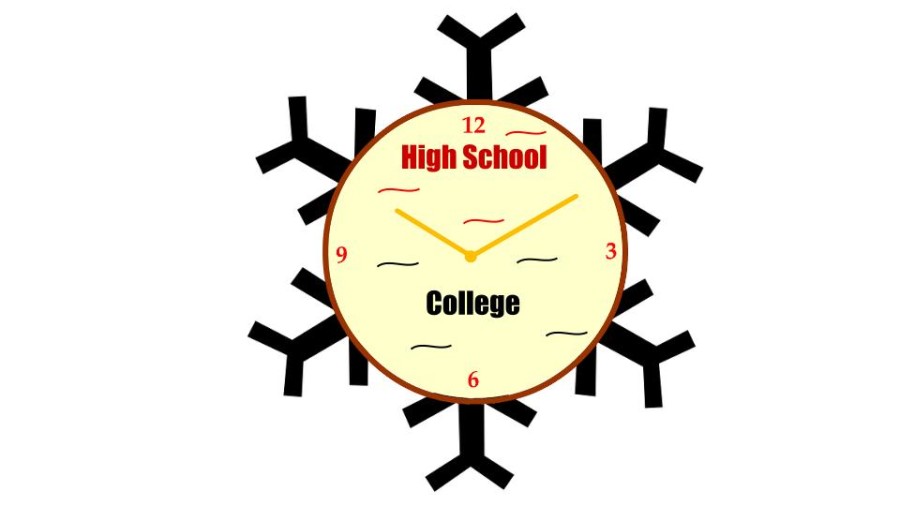
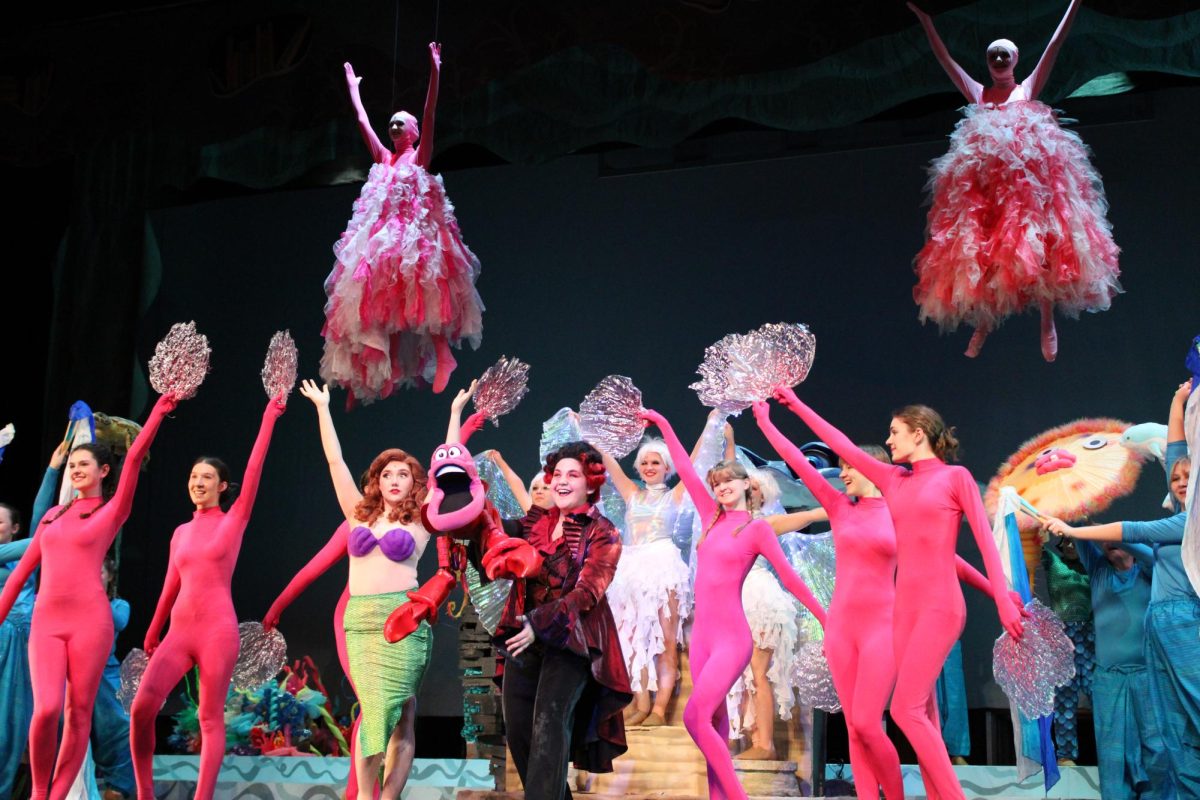

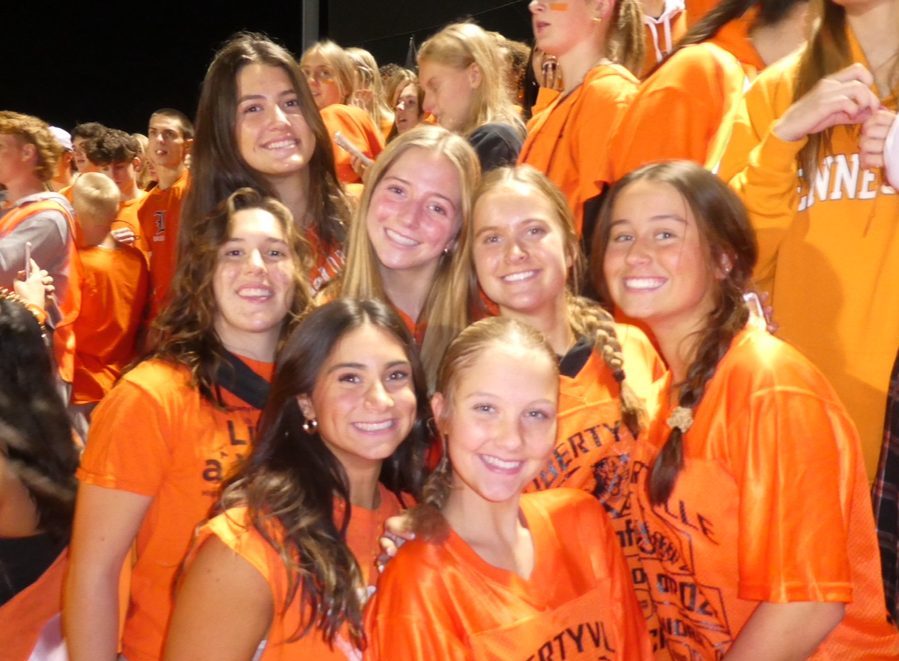
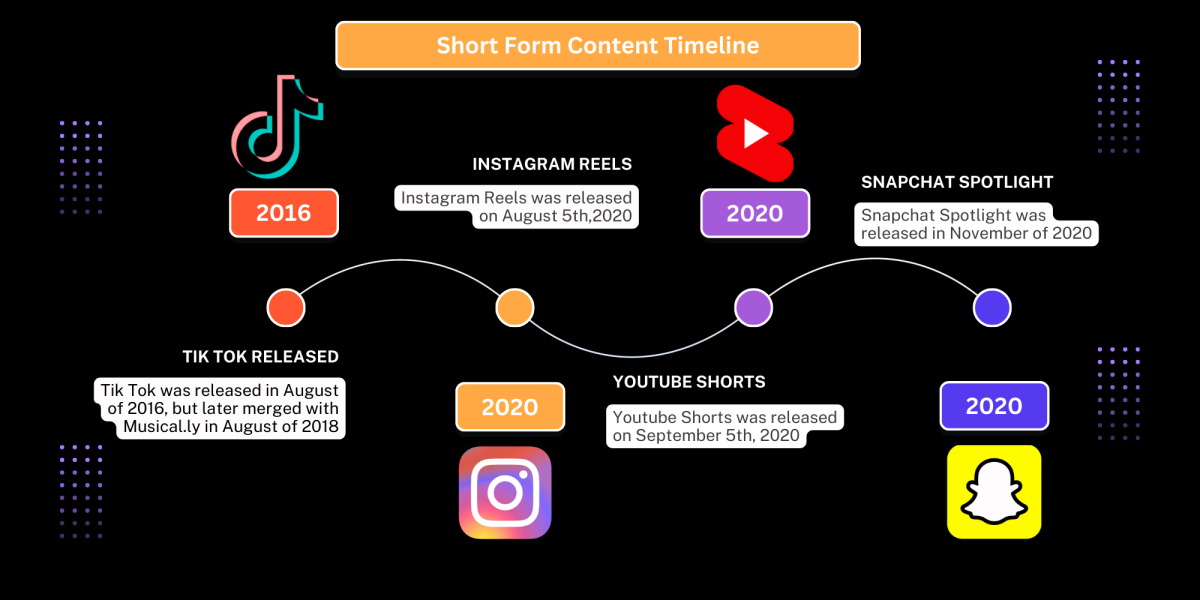
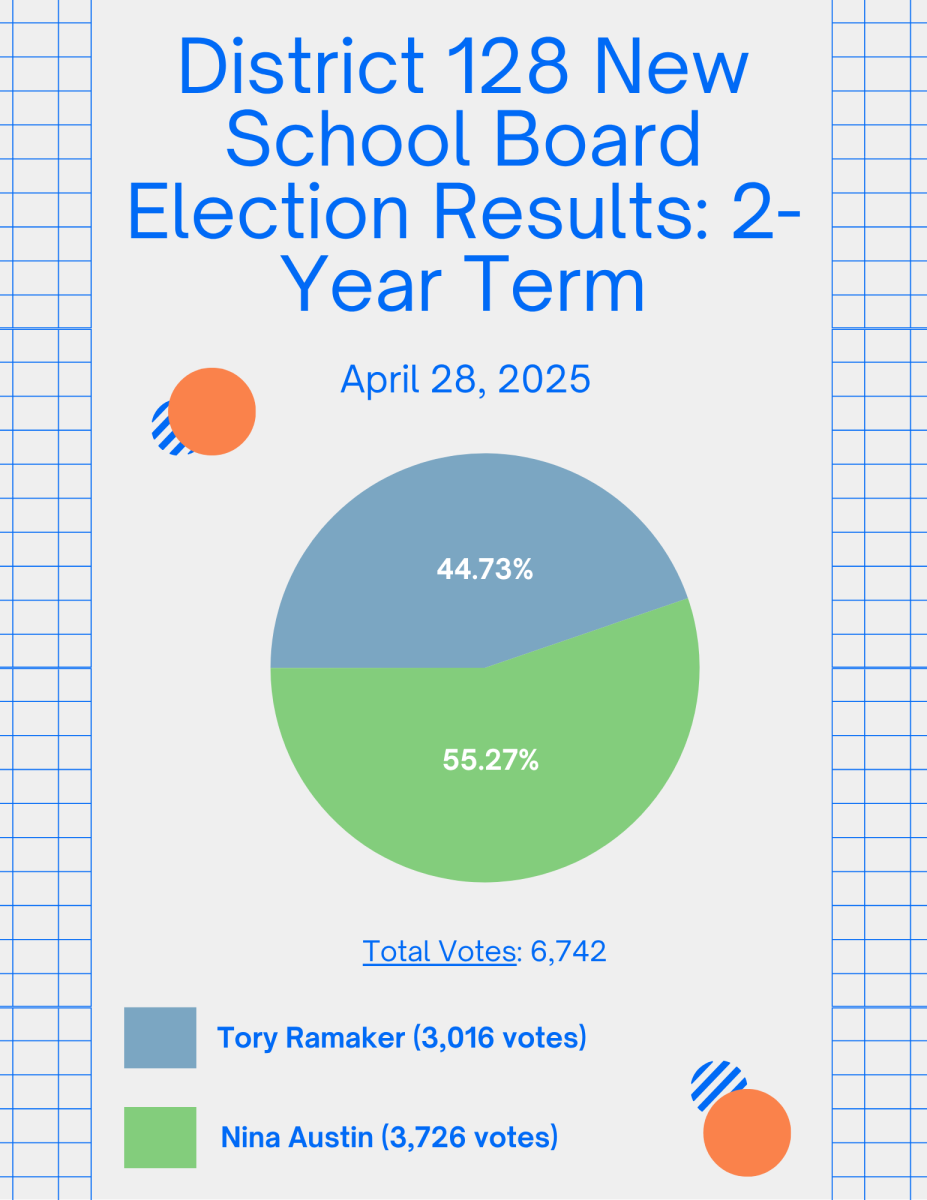
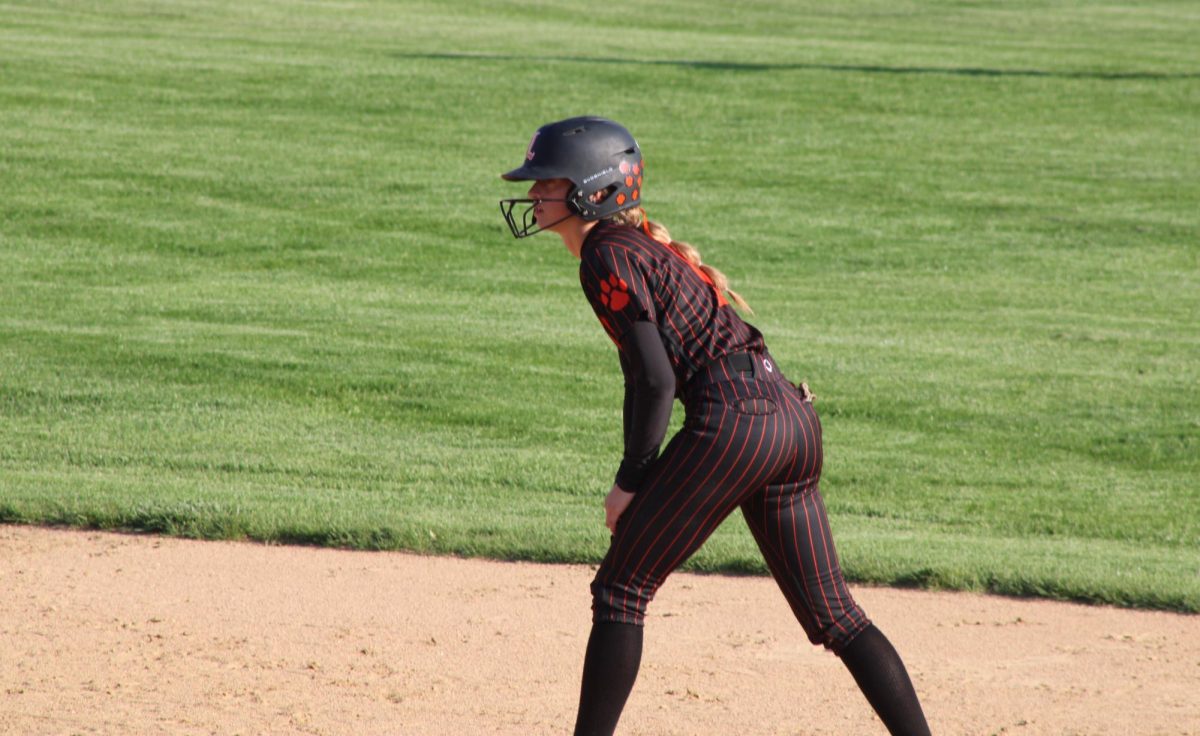
![Senior River Thompson joins the Jazz Ensemble by singing “That Old Black Magic” by Mercer and Arlen Arr. Mark Taylor, along with senior Annie Brody on guitar and junior Thomas Teixeira on bass, earning big applause. “[The concert had] great energy because it's the last [jazz concert] of the year,” Brody said.](https://www.lhsdoi.com/wp-content/uploads/2025/04/Eight-That-Old-Black-Magic-1200x800.jpg)
![Mr. Abullh Ali, manager/assistant, helps open Queen Yemeni Coffee in downtown Libertyville at 606 North Milwaukee Ave. With the help of employees such as manager and LHS senior Yousef Taha, they are able to bring the Yemeni and Ethiopian culture to Libertyville by using their Queen spices, cinnamon and cardamom in their drinks such as Adani Chai, which is inspired by Sheda, the Queen of Yemen and Ethiopia. “The history of our coffee [is] a long history and we believe that Yemen and Ethiopia started the coffee and we are bringing something unique to the community,” Mr. Ali said.](https://www.lhsdoi.com/wp-content/uploads/2025/04/Photo-1-1200x800.jpg)
